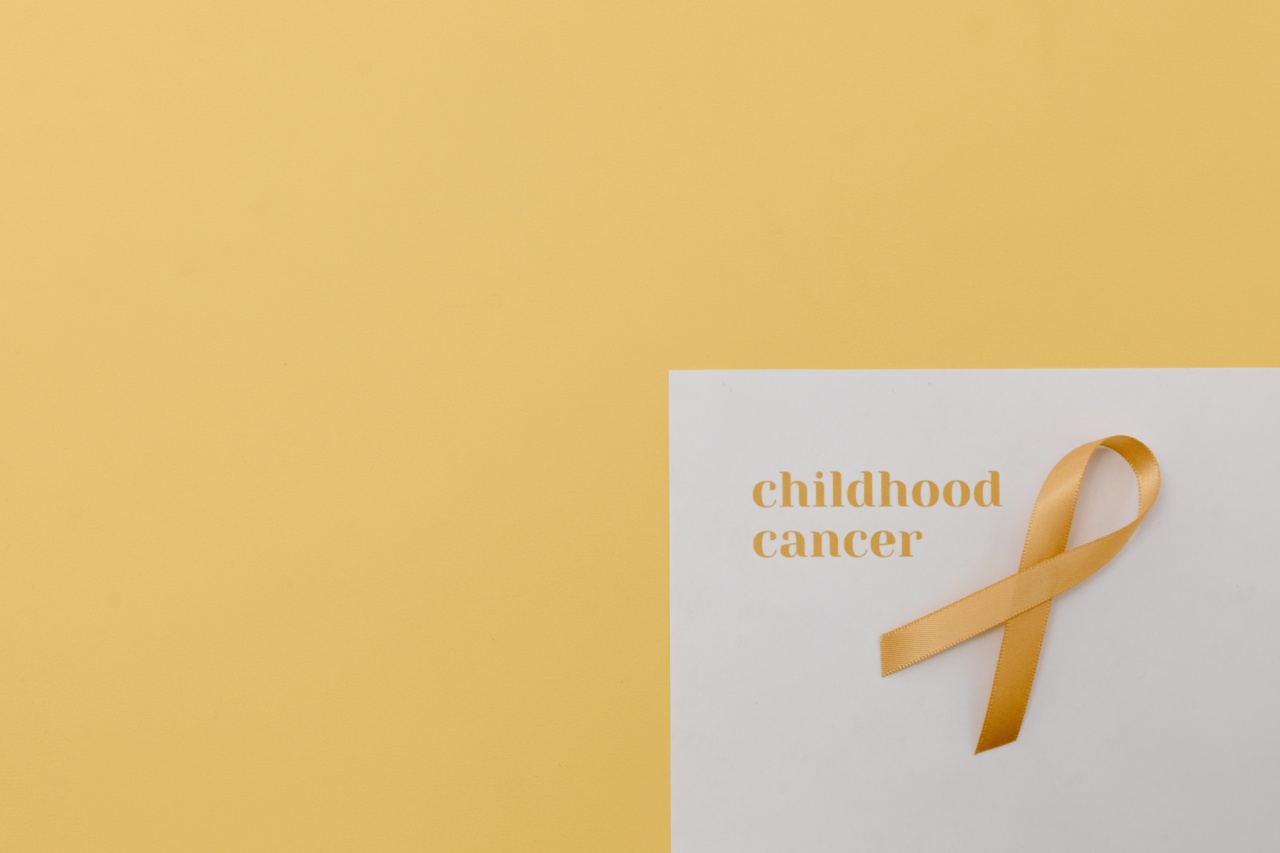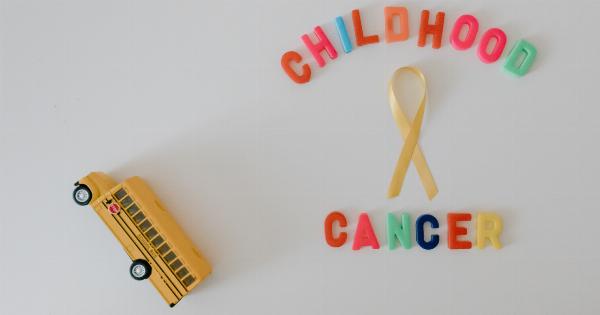Childhood cancer is a disease that affects thousands of children every year. While it is less common than cancer in adults, it is still a significant problem that demands attention.
The causes of childhood cancer are not always well understood, but there are some factors that are known to contribute to its development.
Causes of Childhood Cancer
There are many possible causes of childhood cancer. Some of the known risk factors for childhood cancer include:.
- Genetic factors: Some children may inherit gene mutations from their parents that increase their risk of developing cancer.
- Environmental factors: Exposure to certain toxins or chemicals, such as radiation or pesticides, may increase the risk of childhood cancer.
- Viral infections: Certain viruses, such as the human papillomavirus (HPV), have been linked to an increased risk of certain types of childhood cancer.
- Immune system problems: Children with weakened immune systems, such as those with HIV/AIDS, may be more susceptible to cancer.
The Devastating Effects of Childhood Cancer
Childhood cancer can be devastating for both the child and their family. It can lead to physical, emotional, and financial challenges that are difficult to overcome. Some of the effects of childhood cancer include:.
- Physical pain and discomfort from treatments such as chemotherapy and radiation therapy.
- Emotional distress caused by the fear of death or the loss of normal childhood experiences.
- Financial strain due to the cost of treatments and lost income from missed work.
The Types of Childhood Cancer
There are many different types of childhood cancer, which can be classified based on the type of cell they originate from or the part of the body they affect. Some of the most common types of childhood cancer include:.
- Leukemia: Cancer of the blood and bone marrow.
- Brain and nervous system tumors: Cancer that originates in the brain or spinal cord.
- Lymphoma: Cancer that begins in the lymphatic system.
- Neuroblastoma: Cancer that develops in the sympathetic nervous system, which controls involuntary bodily functions.
- Rhabdomyosarcoma: Cancer that affects the skeletal muscles.
The Importance of Early Detection and Treatment
Early detection and treatment are crucial for improving the outcomes for children with cancer. Symptoms of childhood cancer may include:.
- Fever
- Fatigue
- Unexplained weight loss
- Headaches
- Nausea and vomiting
- Swollen lymph nodes
- Persistent pain
If any of these symptoms persist for more than a few days, parents should seek medical attention for their child. Early detection can improve the chances of successful treatment and may also reduce the risk of long-term side effects from treatment.
The Promise of Precision Medicine
Precision medicine is a form of cancer treatment that involves creating individualized treatment plans based on the unique genetic makeup of each patient’s cancer. This approach has shown promise for improving outcomes for children with cancer.
By identifying the specific mutations that are driving each patient’s cancer, doctors can develop targeted therapies that are more effective and less toxic than traditional chemotherapy.
Supporting Children with Cancer
Supporting children with cancer and their families is an important part of improving outcomes for these patients. There are many organizations that provide resources and support for families affected by childhood cancer, including:.
- The American Childhood Cancer Organization
- The St. Baldrick’s Foundation
- The Pediatric Cancer Foundation
By working together to support research, increase awareness, and provide resources and support to families affected by childhood cancer, we can improve outcomes for these patients and give them a brighter future.























